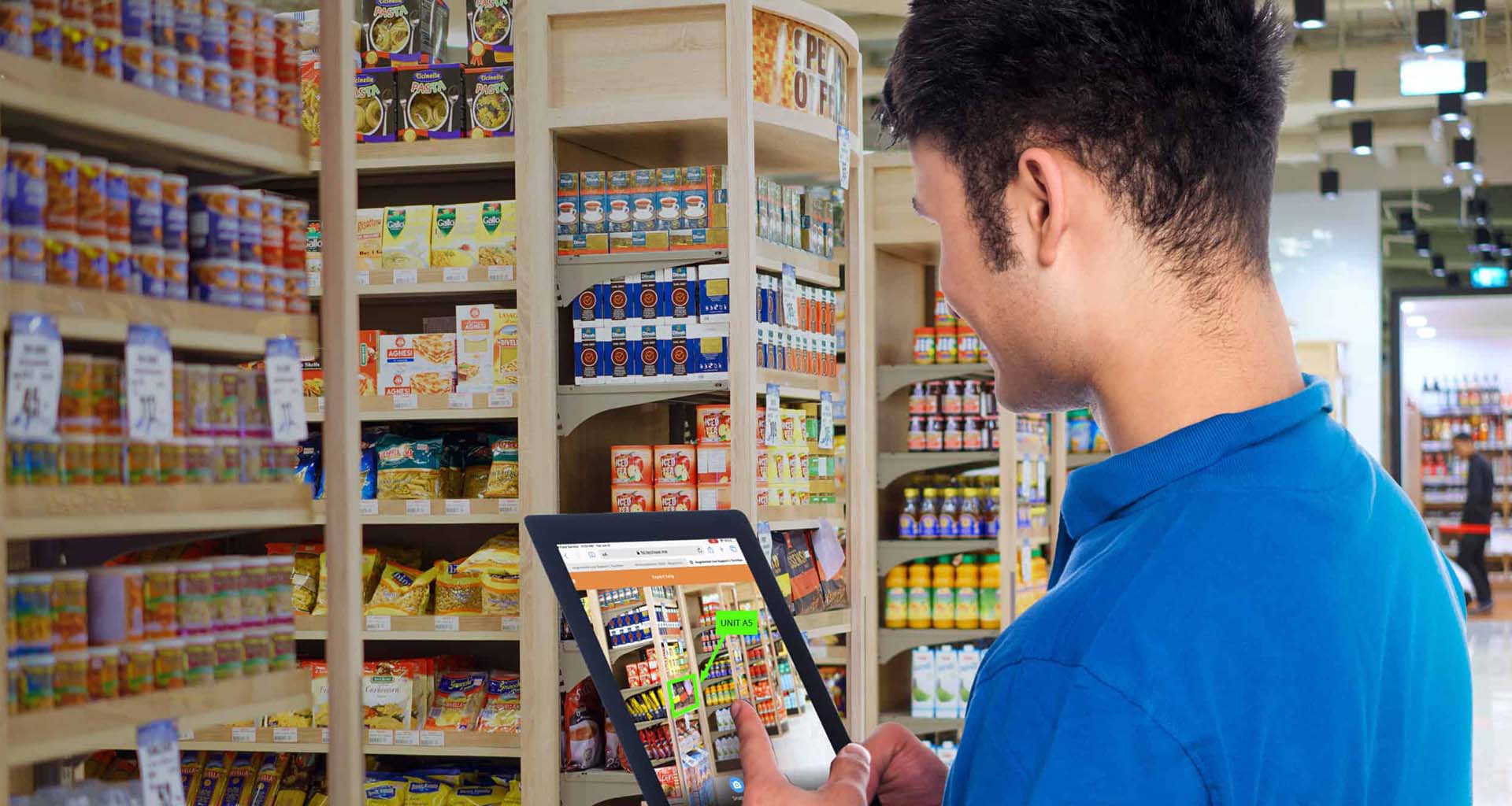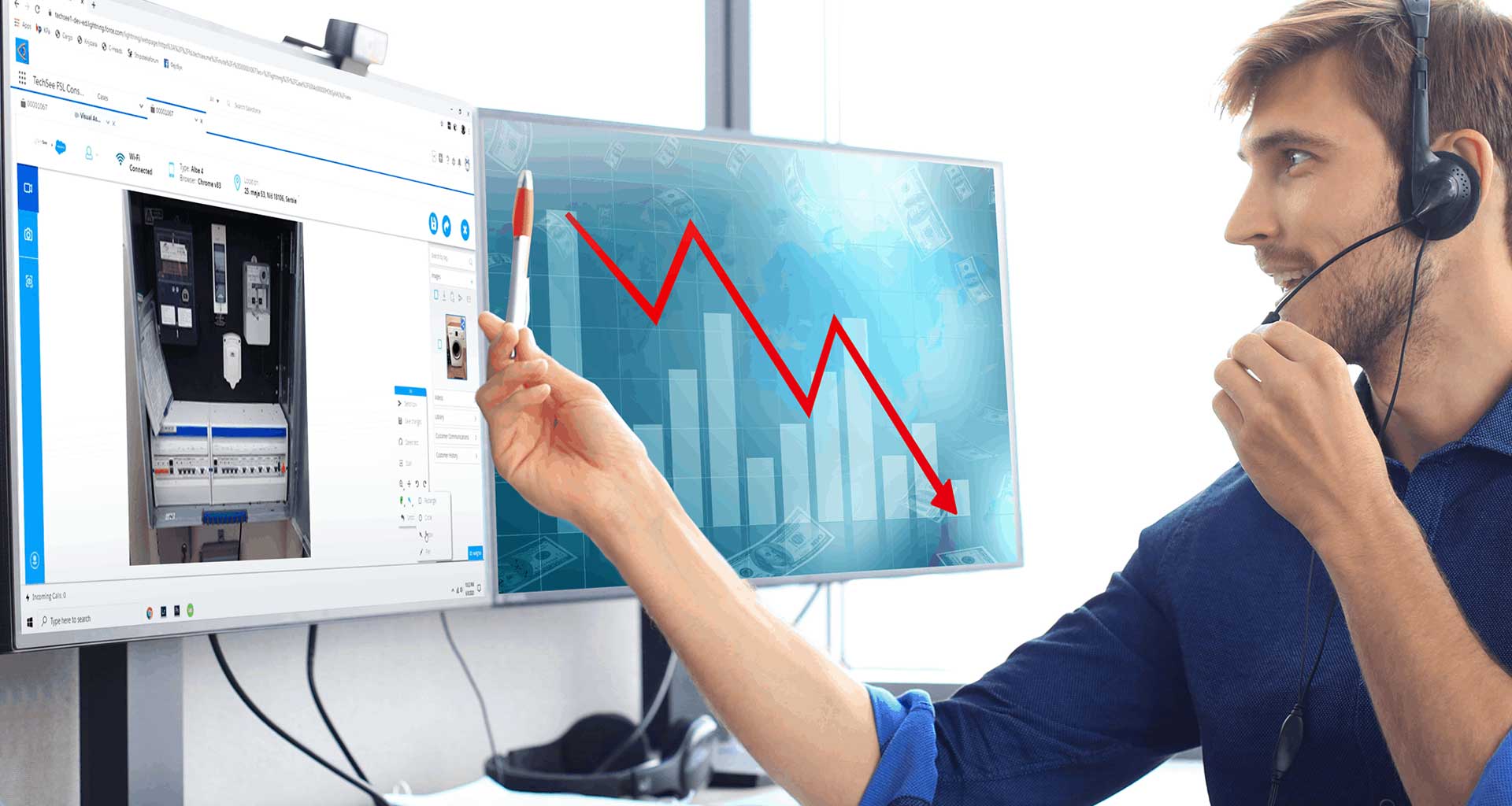Contents
For a consumer packaged goods (CPG) company, inventory management is a never-ending cycle. Whether it’s a chain store, grocery store, or a vending machine in a gas station, keeping items stocked and accounted for and tracking what sells is a time-consuming and continuous undertaking for CPG companies. But keeping up with demand is only one part of the sales equation. When it comes to in-store inventory, there’s another hot commodity in play – prime real estate, or in other words – shelf space.
It’s all about availability, accessibility, and visibility. Large suppliers may have thousands of field employees that service their customers, ensuring that shelves are appropriately stocked, but companies also pay a premium for shelf space.
CPGs need the resources to optimize sales potential, getting maximum return on space to maximize ROI and ensuring optimal positioning to drive sales and remain competitive. For that, they need to have eyes in the store and a focus on the shelves, which can spread those resources very thin. Monitoring on-shelf availability and visibility can be a real problem when there’s no one around to detect the blind spots, and having area managers spend long hours traveling from store to store to verify and approve inventory placement is not ideal. For day-to-day inventory management operations, it’s hard to control what you can’t see.
Bridging the visual gap with Augmented Reality and Computer Vision
CPGs can save costs and time while getting the control they need by using visual assistance, a technology that is transforming operations by enabling remote and interactive guidance. Computer Vision AI and AR-powered visual assistance provide remote “eyes” that enable field and store employees to receive guidance on product placement and verify that shelf space is optimized, in human-assisted or self-service modes. They can quickly and easily establish visual communication to transmit images and video of products and shelves. All it takes is a smartphone camera.
Leverage vision to optimize in-store CPG inventory remotely
For the store or field employee, it can be as simple as getting the okay that a product is in the right spot, or a more complex shelving problem that requires the attention of a brand manager. A field employee might just want to double-check that everything is in order before leaving the store. Remote visual assistance can redefine in-store inventory logistics by resolving issues quickly, ensuring shelf optimization with minimal resources. There’s more than one way to leverage vision, with or without the need for a supervisor.
Onsite staff can show a regional manager the brand’s inventory remotely, preventing costly and time-consuming onsite visits to monitor and resolve issues. Using a smartphone camera, the employee can easily establish clear visual remote communication for real-time guidance. With both sides connected, the manager can view the store environment in video or photo stream mode, use AR tools to point or annotate on screen to direct the employee, and verify that the placement or inventory issue has been resolved.
How AI enables self-service in CPG inventory management
But involving a supervisor may not always be necessary, and there’s a solution for that, too. Having visual guidance at your fingertips can easily solve product placement problems without the need for real-time communication with a busy manager. Self-service mode is as simple as point and shoot – the employee shows or uploads images of a product or shelf in self-service mode, which are identified using advanced AI, and then receives visual guidance through the placement process.
The job is done, and the shelves are fully stocked. With computer vision technology, it’s easy to verify captured images. Properly stocked shelves are recognized and approved without the need for an onsite visit or managerial review. If a more complex issue is recognized that requires human intervention, no problem – the next step is initiating a warm transfer to a manager for immediate issue resolution.
Taking vision to the next level with Visual Augmented Analytics
Computer vision technology helps with specific inventory issues – but that’s not all. It can also tell a bigger picture. The potentially millions of captured images contain information that can be used to identify patterns and trends. You can gain valuable insights with visual augmented analytics from compiled images, for smart business decisions. CPGs can incorporate analytics to follow seasonal changes or consumer habits to determine relevant adjustments to inventory or shelf placement. Knowing that a product placed on a higher shelf sees more sales than the same product in a different location can be valuable information.
Leveraging remote assistance can help CPGs meet their goals to drive sales, save time and reduce costs by cutting down on inventory issues and reducing the need for onsite visits. Get the picture?
Download the brochure to learn how visual assistance is transforming CPG inventory management.






